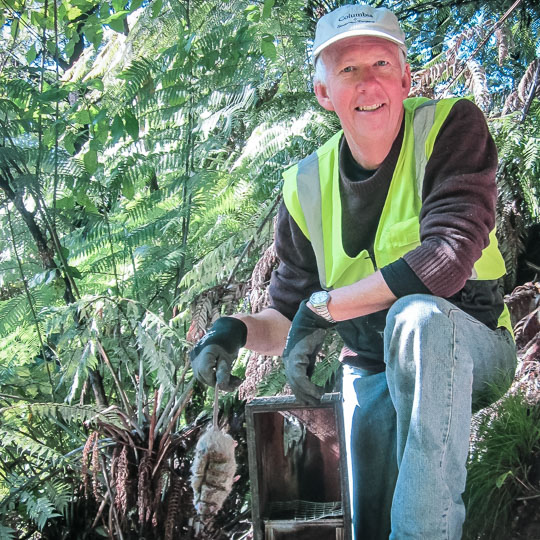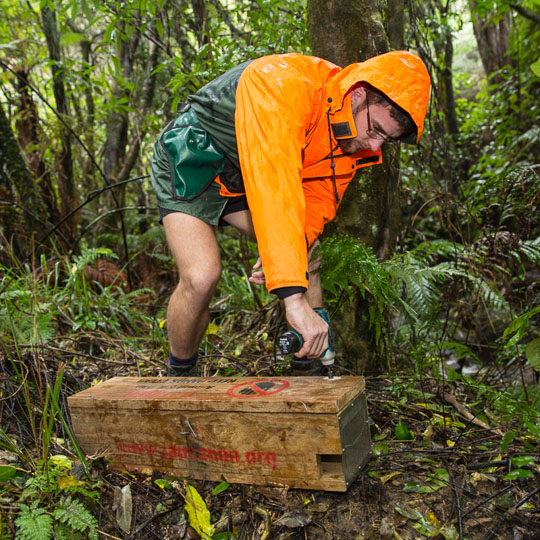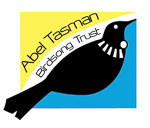Abel Tasman Conservation
The Park’s native forest has visibly regenerated over the past 15 years and birdsong not heard in the area for generations has returned in abundance.
Tourism operators in the park require a DOC concession to operate and all operators pay a set fee back to DOC for each visitor that uses their services to access the park. The concession fees go to the Abel Tasman Foreshore Scenic Reserve Fund which funds things like the wasp control and the maintenance of the Park’s infrastructure. Visitors who stay in the park overnight also pay camp fees to DOC.
Since their formation in 1987, DOC has been responsible for frontline conservation efforts. However, DOC recently underwent a massive restructure and change to its primary focus. What this means is that the onus of responsibility for conservation is being shifted onto communities and the business world, with DOC acting as the facilitator. The idea is to create cohesion in and between communities and businesses, enhancing our sense of ownership of our conservation land. These ‘conservation partnerships’ have been in effect for years but their presence is now essential to conservation in New Zealand. This ranges from companies sponsoring their own initiatives to large groups such as NZ Forest and Bird, to local community groups like Friends of Flora. DOC are extending these partnerships and creating new ones, creating channels for volunteers to be active in conservation efforts.
Kaka release (Photo credit: Fern Bollongino)
Kaka release (Photo credit: Fern Bollongino)
Abel Tasman Birdsong Trust
Formed in 2007, the ATBST is a community-based charity in partnership with the Department of Conservation and the commercial operators.
All of the Park’s commercial operators pay a voluntary levy to the Birdsong Trust, in addition to their compulsory DOC concession fees.
The Trust’s vision is to restore birdsong to the national park. Their main focus is on predator trapping in the southern section of the Park, and the eradication of wilding pines throughout the Park. As well as planting threatened tree species that have been decimated by introduced pests such as opossums ATBST volunteers also manage rodent trap networks. ATBST have operated intense trapping in the Pitt Head area over several years to create a pest-free mainland ecological island. A comparison of the bird song at Anchorage with other bays further north clearly indicates this is working.


Project Janszoon
Project Janszoon is a privately funded organisation that formed a partnership with DOC in 2012. Their objective is to restore the biodiversity of the Park by removing opossums, rats, stoats and weeds.
Project Janszoon has been successful in returning a number of important bird species back into the Park, including Kaka and Kakariki, with plans for the return of many more endangered species in the future. As well as restoring biodiversity, Janszoon fosters education and research opportunities through their work.
The funding for these ambitious projects comes from a private family trust with philanthropic interests, equating to $25M over 30 years. Project Janszoon, named after Abel Janszoon Tasman, has achieved some remarkable results and is well on its way to celebrating an ecological success story by 2042, the hundredth anniversary of the Park’s formation. They intend to monitor the abundance and distribution of key plant and animal indicator species as a measure of success.




